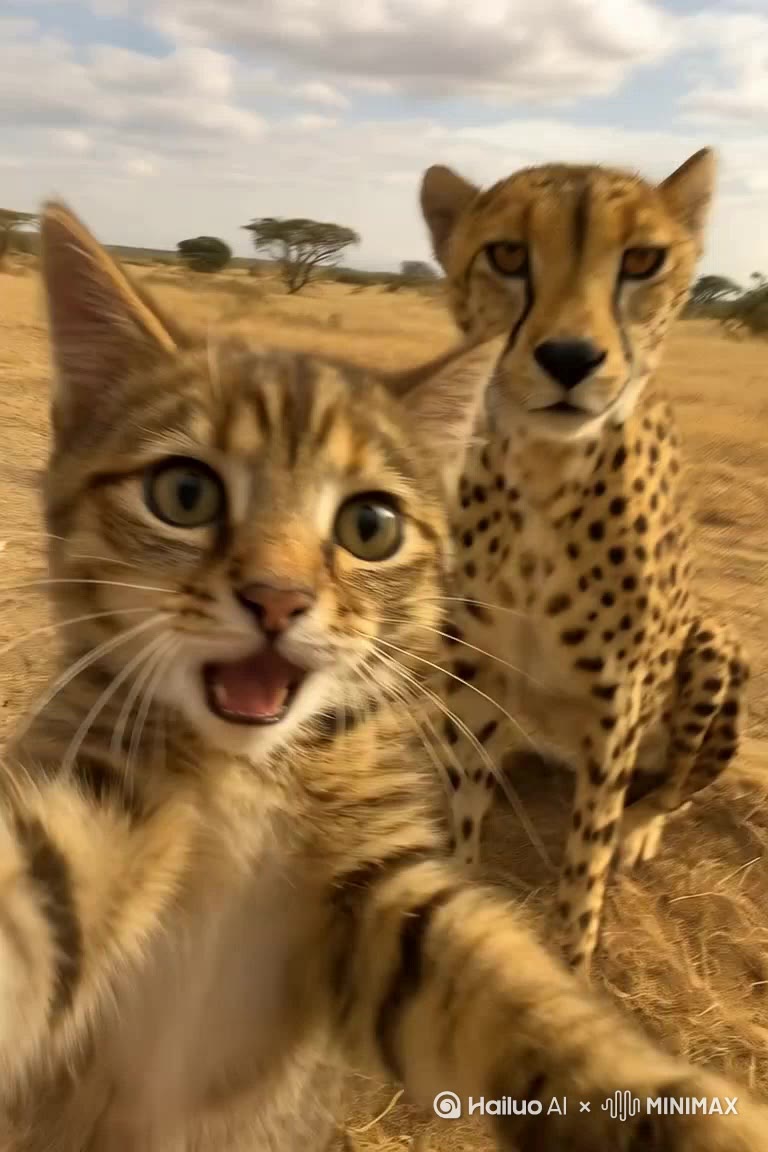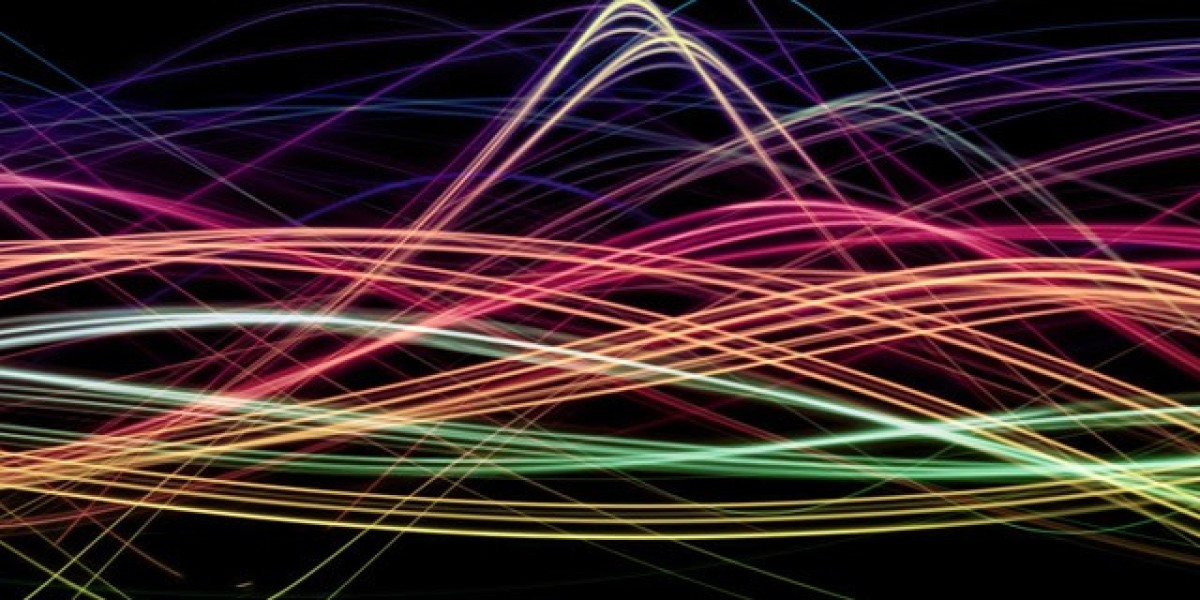Unlocking the Magic: Dive into the World of AI-Generated Imagery!
In recent years, the concept of AI-generated images has captured the collective imagination of artists, technologists, and the general public alike. But what exactly are AI-generated images? Simply put, they are visuals created by artificial intelligence algorithms, which use vast amounts of data and sophisticated mathematical models to produce new images that can range from photorealistic portraits to abstract art. The meteoric rise of this technology can be attributed to advancements in machine learning, particularly in neural networks and deep learning, which have allowed computers to learn from vast datasets and mimic human creativity. This article will explore the intriguing world of AI-generated imagery, shedding light on the technology behind it, its diverse applications, and the ethical considerations it raises.

Understanding AI-Generated Images
The technology behind AI-generated images is rooted in advanced algorithms that simulate human cognitive processes. At the core of this technology are neural networks, which are inspired by the human brain's interconnected neurons. These networks are trained on extensive datasets containing millions of images, allowing them to learn patterns, styles, and features. One popular model that has revolutionized this field is the Generative Adversarial Network (GAN), which consists of two neural networks: the generator and the discriminator. The generator creates images while the discriminator evaluates them, providing feedback that allows the generator to improve over time. This back-and-forth process leads to the creation of increasingly convincing images that can be indistinguishable from those created by human artists. The power of deep learning has democratized art creation, enabling individuals without formal training to produce stunning visuals.
The Process of Image Generation
The journey of creating an AI-generated image begins with data input, where vast datasets are fed into the neural network. This step is crucial, as the quality and diversity of the data will significantly impact the output. Once the data is in place, the model undergoes a training phase, where it learns to recognize the characteristics of the images it processes. This involves adjusting the weights and biases of the neural network to minimize the difference between the generated images and the actual images in the dataset. After sufficient training, the model is ready to generate images. When a new input is provided, the trained model uses its learned knowledge to produce an output, which can be an entirely new image or a variation of existing ones. This process is fascinating not only for its technical complexity but also for what it means for creative expression in the digital age.
Applications of AI-Generated Imagery
The versatility of AI-generated images has led to their adoption across various industries. In the realm of art, artists are increasingly collaborating with AI to explore new styles and concepts. For instance, some artists use AI algorithms to generate initial sketches, which they then refine and transform into traditional art pieces. In gaming, AI-generated images are used to create realistic environments and characters, enhancing the immersive experience for players. Advertising agencies are also leveraging this technology to produce eye-catching visuals tailored to specific audiences, making campaigns more effective and engaging. Furthermore, in virtual reality, AI-generated images contribute to building expansive worlds that users can explore, blurring the lines between reality and digital experiences. These applications highlight the profound impact AI-generated imagery has on creativity and innovation, pushing the boundaries of what is possible.
Ethical Considerations and Implications
While the potential of AI-generated images is vast, it also brings forth significant ethical dilemmas and societal implications. One major concern is copyright; as AI creates images based on existing works, questions arise regarding ownership. If an AI model generates an image reminiscent of a famous painting, who holds the rights to that image? Additionally, the potential for misinformation is a pressing issue. With the ability to create hyper-realistic images, malicious actors can exploit this technology to produce fake news or misleading content, which can have dire consequences for public perception and trust. Furthermore, the ease of generating images raises concerns about the devaluation of human artistry and craftsmanship. As AI continues to evolve, it is crucial for society to engage in conversations about responsible use and regulation of this technology to prevent its misuse and ensure it serves to enhance human creativity rather than undermine it.
Exploring the Intersection of Technology and Creativity
AI-generated images represent a remarkable intersection of technology and creativity, transforming how we think about art and visual expression. This article has explored the underlying technology, diverse applications, and ethical considerations associated with AI-generated imagery. As this field continues to evolve, it is vital for us to embrace the advancements it brings while remaining vigilant about the implications. By fostering a dialogue around responsible use and ethical practices, we can ensure that AI-generated images enrich our lives and stimulate our imaginations, paving the way for a future where technology and creativity coexist harmoniously.








